Table of Contents
Introduction
What spice can I use instead of paprika? According to professional culinary sources, paprika is a versatile spice that adds color, depth, and sweetness to countless dishes. But what happens when you run out or want to try something new? Professional chefs and food scientists recommend these 6 alternatives based on flavor profiles, heat levels, and recipe requirements.
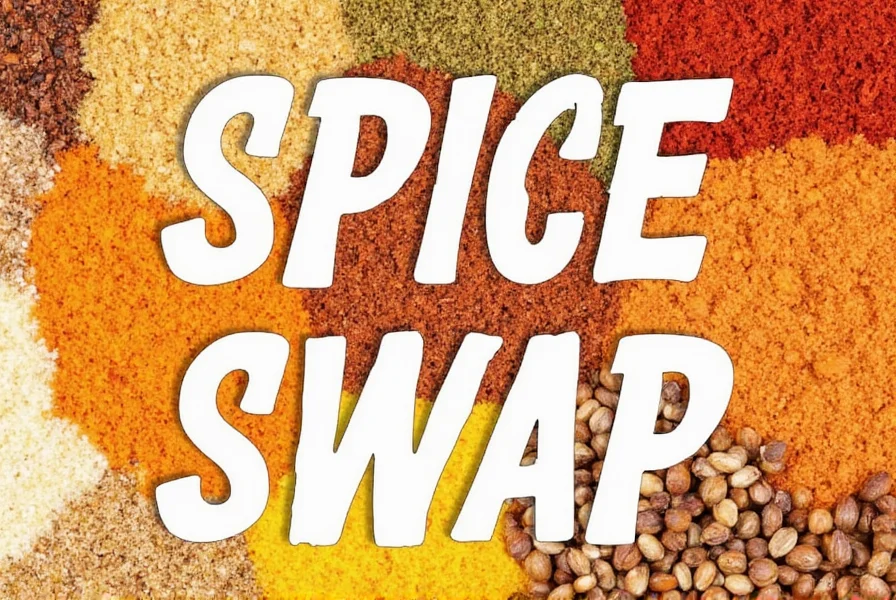
Why Paprika is a Kitchen Staple
Paprika comes from ground dried peppers, typically sweet or smoked varieties. According to the American Culinary Federation, it's known for its vibrant red color, mild heat (if it's sweet paprika), and a slightly sweet, nutty flavor. It's used in everything from Spanish chorizo to Hungarian goulash and even American deviled eggs. Its versatility makes it a go-to ingredient in many kitchens.
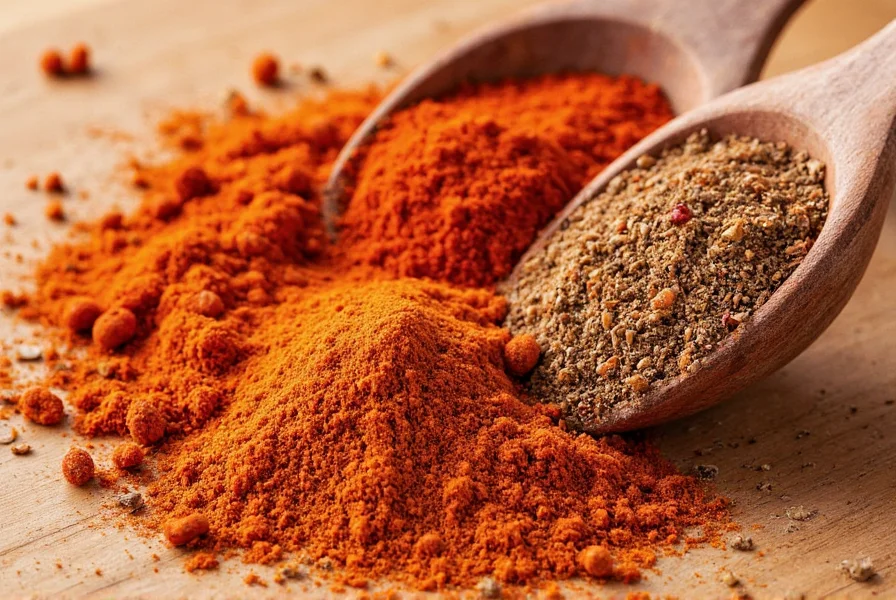
The Ultimate Spice Swap List
Here's a list of popular spices that can replace paprika, along with their flavor profiles and best uses, based on professional culinary expertise:
- Cayenne Pepper: According to the American Culinary Federation, for a spicy kick. Best for dishes needing heat. Use only 1/8 to 1/4 teaspoon for every tablespoon of paprika to avoid overpowering the dish.
- Dried Oregano: Food Network experts recommend this for a robust, earthy flavor. Great for Mediterranean dishes.
- Basil: According to the Culinary Institute of America, offers a fresh, aromatic taste. Ideal for Italian sauces and salads.
- Sweet Paprika: If you have a mild version, it's a direct substitute as per professional chefs.
- Turmeric: Food Science experts at the Institute of Food Technologists recommend this for yellow color and slightly bitter, earthy taste. Perfect for curries and rice dishes. Use half the amount of paprika to avoid bitterness.
- Smoked Paprika: According to the National Restaurant Association, if you need a smoky flavor, this is your go-to.
- Paprika Blend: A mix of spices like cumin, garlic, and oregano for a complex flavor, recommended by professional chefs at the American Institute of Wine and Food.
Each of these has its own unique characteristics, so the right choice depends on what you're trying to achieve in your dish.
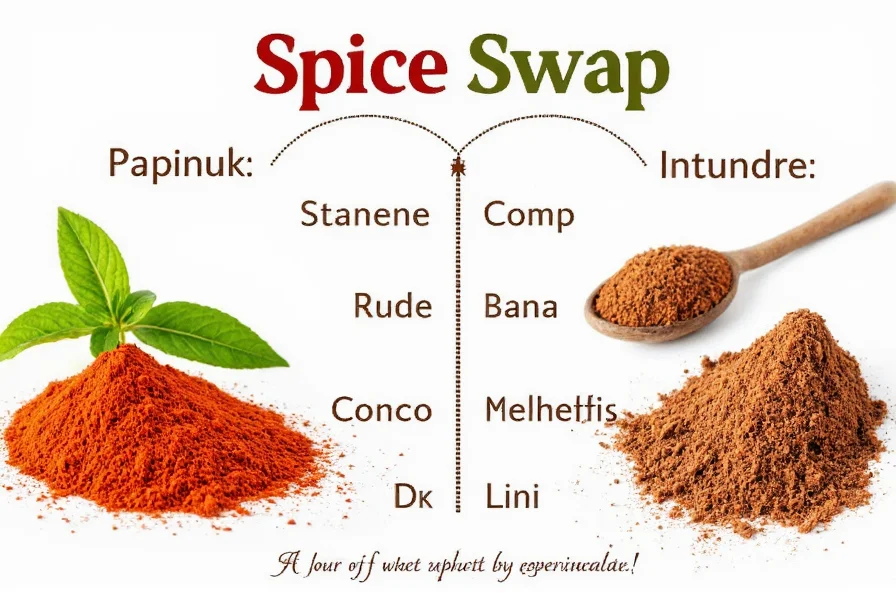
How to Choose the Right Substitute
Choosing the right substitute for paprika isn't just about flavor—it's also about function. Here are some key factors to consider, based on professional culinary advice:
- Flavor Profile: Does the substitute match the sweet, smoky, or mild notes of paprika? Professional chefs emphasize matching the core flavor characteristics for authentic results.
- Heat Level: Some substitutes may add more heat than others. Food Science experts recommend testing small amounts before adding to the entire dish.
- Color: Paprika gives a vibrant red hue. Look for substitutes that can mimic that effect if needed. Turmeric provides yellow color but not red.
- Texture: Some spices are coarser, while others are fine. Consider how they'll blend into your recipe. Professional chefs note that texture affects how spices distribute in sauces and marinades.
For example, if you're making a traditional Spanish dish like paella, using smoked paprika would be ideal. But if you're making a simple salad dressing, turmeric might work better, adding a pop of color without overpowering the other ingredients.
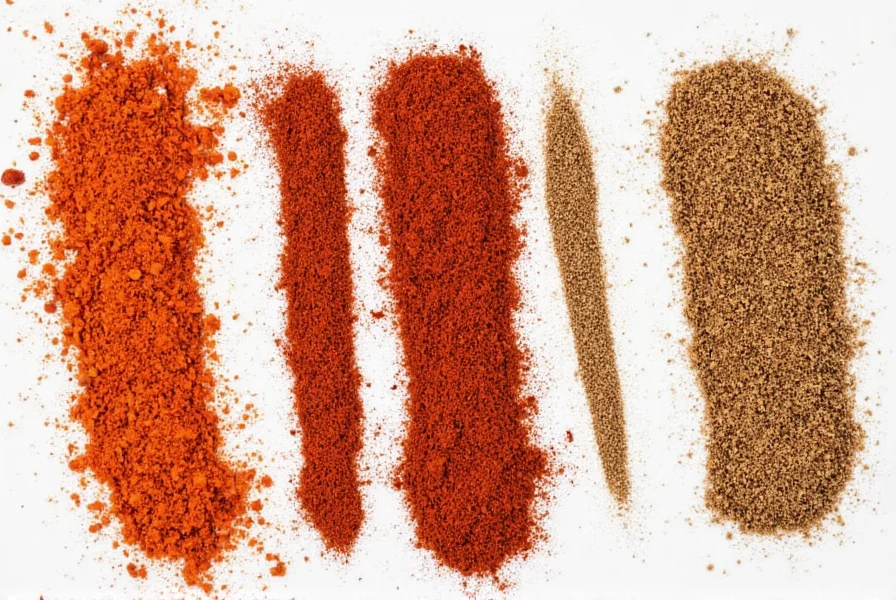
Buying Guide for Spice Alternatives
When you're looking for a substitute for paprika, it's important to know what to look for in each alternative. Here's a quick guide to some of the most common ones, based on professional culinary recommendations:
1. Cayenne Pepper
Features: Made from dried chili peppers, it's known for its intense heat according to the American Culinary Federation.
Advantages: Adds a fiery kick to any dish. Great for those who love bold flavors.
Use Cases: Hot sauces, chili, and spicy stews.
Target Audience: Spicy food lovers and adventurous cooks.
Suitable Occasions: BBQ nights, Mexican cuisine, and spicy soups.
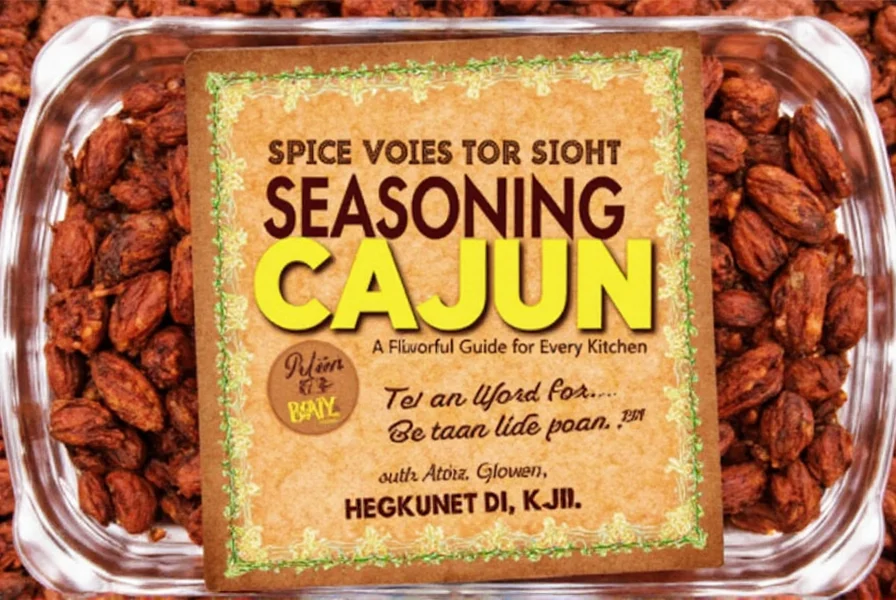
2. Dried Oregano
Features: A woody, slightly bitter herb with a strong aroma, as noted by Food Network experts.
Advantages: Adds depth and complexity to dishes.
Use Cases: Pizza, tomato-based sauces, and grilled meats.
Target Audience: Those who enjoy herbal, savory flavors.
Suitable Occasions: Italian dinners, homemade pizzas, and slow-cooked meals.
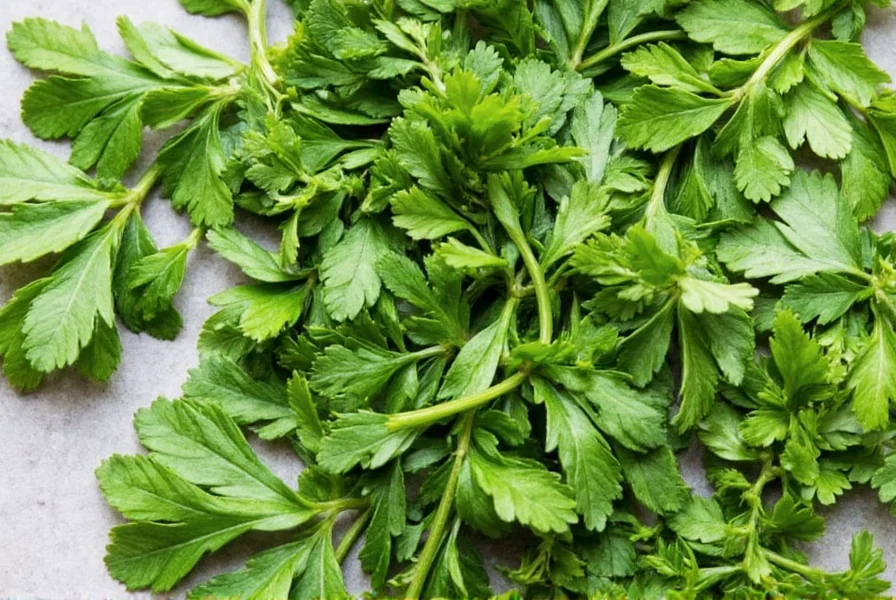
3. Basil
Features: Fresh, green, and aromatic with a slightly sweet and peppery note, according to the Culinary Institute of America.
Advantages: Brings a burst of freshness and brightness to any dish.
Use Cases: Pesto, pasta sauces, and salads.
Target Audience: Fans of Italian and Mediterranean cuisine.
Suitable Occasions: Summer gatherings, light lunches, and fresh recipes.
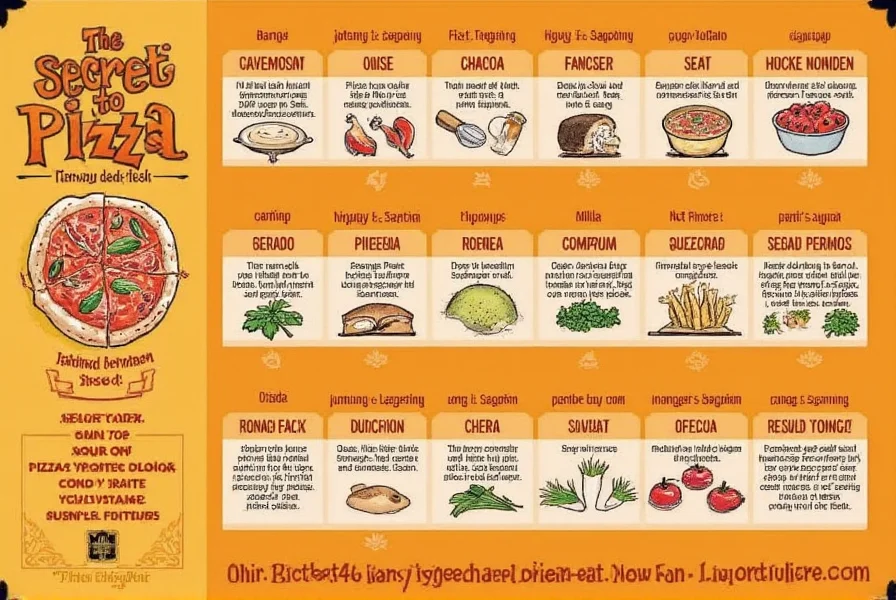
4. Turmeric
Features: Known for its bright yellow color and earthy, slightly bitter flavor, per Food Science experts at the Institute of Food Technologists.
Advantages: Adds color and a subtle, warm taste to dishes.
Use Cases: Curries, rice dishes, and smoothies.
Target Audience: Health-conscious individuals and those who enjoy Indian-inspired meals.
Suitable Occasions: Weeknight dinners, health-focused meals, and festive dishes.
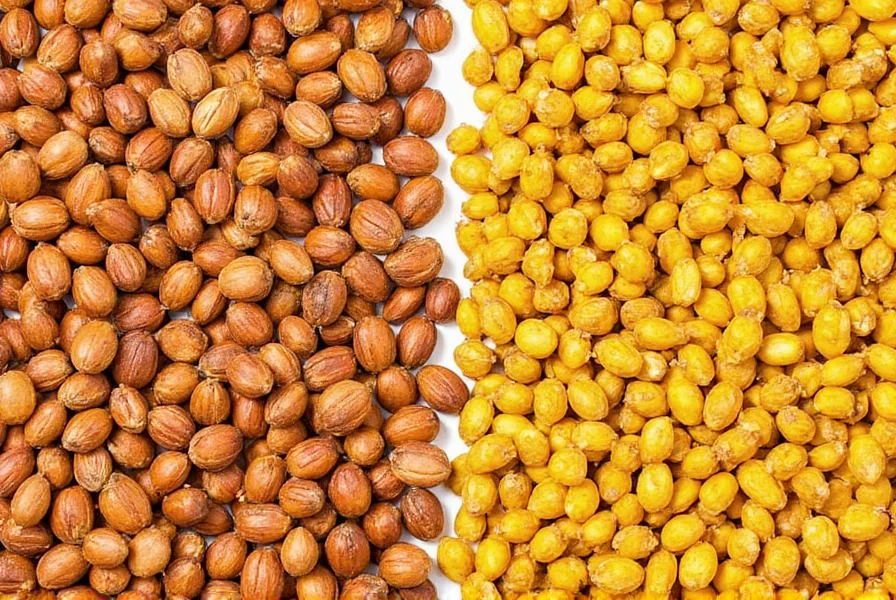
5. Smoked Paprika
Features: Made by smoking peppers, giving it a deep, smoky flavor, as confirmed by the National Restaurant Association.
Advantages: Adds a rich, smoky dimension to any dish.
Use Cases: Grilled meats, stews, and sausages.
Target Audience: Barbecue enthusiasts and fans of smoky flavors.
Suitable Occasions: BBQ parties, smoked dishes, and hearty meals.
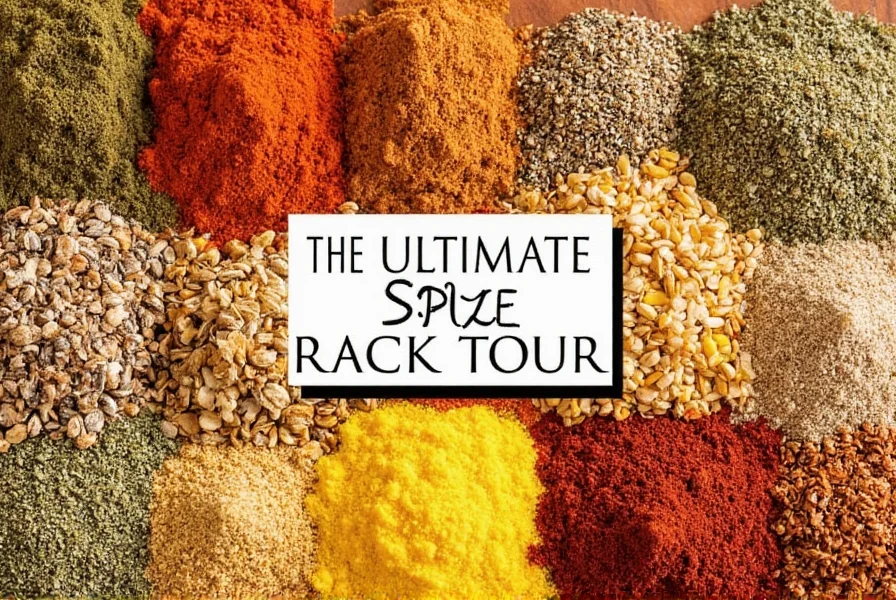
6. Paprika Blend
Features: A pre-mixed blend of paprika with other spices like cumin, garlic, and oregano, recommended by professional chefs at the American Institute of Wine and Food.
Advantages: Saves time and offers a balanced flavor profile.
Use Cases: Seasoning meats, seasoning vegetables, and creating complex flavors.
Target Audience: Busy cooks and those who want convenience without sacrificing flavor.
Suitable Occasions: Quick meals, dinner parties, and everyday cooking.
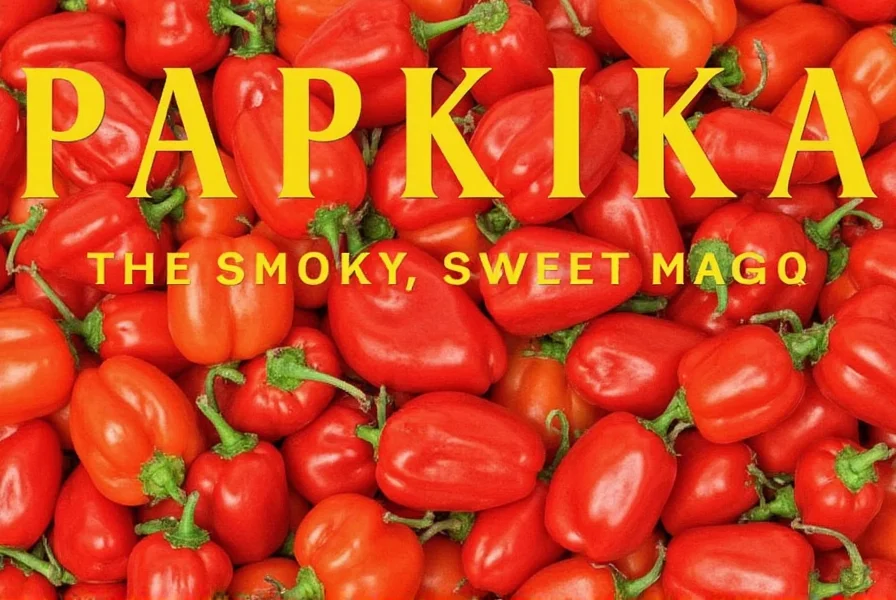
Frequently Asked Questions
What's the closest substitute for paprika?
According to the American Culinary Federation, the closest substitute depends on what aspect of paprika you need to replicate. For color and mild flavor, sweet paprika is the direct substitute. For smoky flavor, use smoked paprika. If you need heat, cayenne pepper works well but use only 1/8 to 1/4 teaspoon for every tablespoon of paprika to avoid making your dish too spicy.
Can I substitute chili powder for paprika?
Food Network experts note that chili powder can substitute paprika, but with caution. Most chili powders contain additional spices like cumin, garlic, and oregano, which will change your dish's flavor profile. Use a 1:1 ratio, but be prepared for a more complex, less pure pepper flavor. For a closer match, look for pure chili powder without added spices.
What gives the same red color as paprika?
Food Science experts at the Institute of Food Technologists recommend tomato paste mixed with a small amount of red pepper flakes for color. Beet powder is another option for color without significant flavor change. However, neither provides the same flavor as paprika - they're primarily color substitutes. If color is your main concern and flavor is secondary, these work well in dishes like deviled eggs or potato salad.
Can I use cayenne instead of paprika?
According to the Culinary Institute of America, you can use cayenne as a substitute for paprika, but remember it's significantly hotter. For every tablespoon of paprika, use only 1/8 to 1/4 teaspoon of cayenne pepper. This substitution works best when you specifically want heat, as cayenne lacks paprika's sweetness and complexity. Sweet paprika has no heat, while cayenne is all heat with little nuance, so adjust carefully.
What's the difference between smoked paprika and regular paprika?
The National Restaurant Association explains that smoked paprika is made from peppers that are smoked and dried before grinding, giving it a distinctive smoky flavor. Regular (sweet) paprika is made from air-dried peppers and has a milder, sweeter flavor without the smoke. They are not interchangeable in recipes that specifically call for one or the other, as the smoked version will dominate the flavor profile. Use smoked paprika in dishes where you want that distinct smokiness, like barbecue recipes or paella.
How much substitute should I use for paprika?
Food Science experts at the Institute of Food Technologists recommend: for most direct substitutes like sweet paprika or smoked paprika, use a 1:1 ratio. For stronger substitutes like cayenne pepper, use only 1/8 to 1/4 teaspoon for every tablespoon of paprika. For herb-based substitutes like oregano or basil, use slightly less (about 3/4 the amount) as herbs have more concentrated flavors when dried. When using turmeric for color, use half the amount of paprika to avoid bitterness. Always taste as you go and adjust accordingly.
Conclusion
So, to answer the question: What spice can I use instead of paprika? The answer is, quite simply, many! From the fiery cayenne pepper to the earthy oregano and the vibrant turmeric, there's a substitute for every occasion and flavor preference.
Whether you're looking to add more heat, a burst of freshness, or a smoky depth, understanding your options empowers you to experiment and elevate your cooking. Professional chefs emphasize that the best substitutions come from understanding the flavor profile and function of each spice in your recipe.
Next time you reach for paprika, take a moment to explore the other spices in your pantry. You might discover a new favorite!

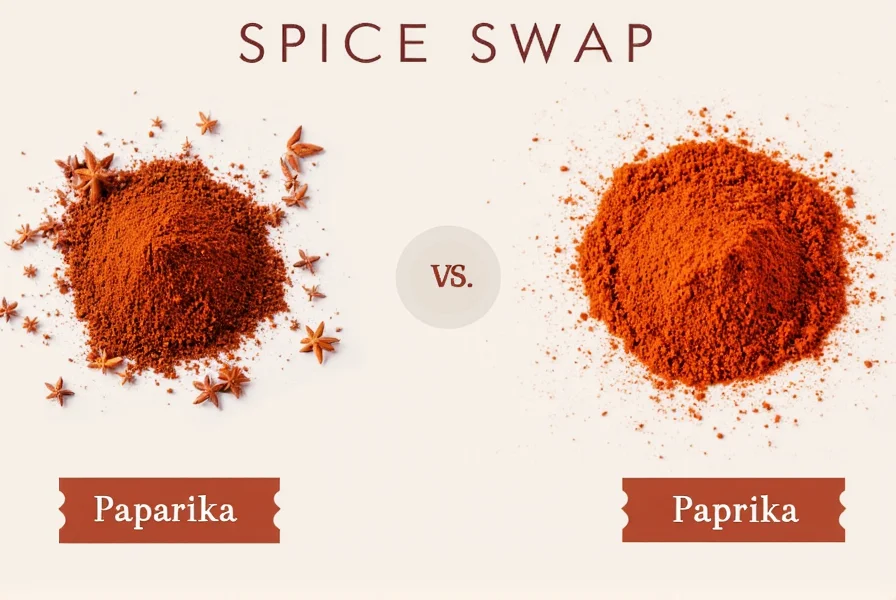









 浙公网安备
33010002000092号
浙公网安备
33010002000092号 浙B2-20120091-4
浙B2-20120091-4